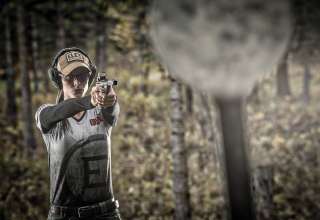Contrary to some opinions, the sun has not yet set on original M1 Garands and M1 Carbines
by Dr. Martin D. Topper
In the 1950s and ’60s, the world was awash in used military firearms from WWII. There were also guns for sale that dated back to WWI, some of which had served in both wars. I remember seeing these guns in advertisements from Ye Old Hunter, which was owned by a company later called InterArms. One could get a mail order Luger for $40-$60, an ’03 Springfield for $30, or a “sporterized” Enfield for as little as $23! These “war surplus” firearms, ammunition, and bladed weapons were sold to American retail firms to make room and pay for the next generation of military armament.
Today, many of the older surplus firearms are classified as Curios and Relics (C&R) and limited numbers of them are still available over the web or in local gun stores. Of course, current prices are a lot higher than they were 60 years ago due to inflation, regulatory changes, and dwindling supply. Fortunately, availability of some war surplus military and other older guns has increased because Royal Tiger Imports of Melbourne, Florida, found a new source of historical American and European firearms in Ethiopia.
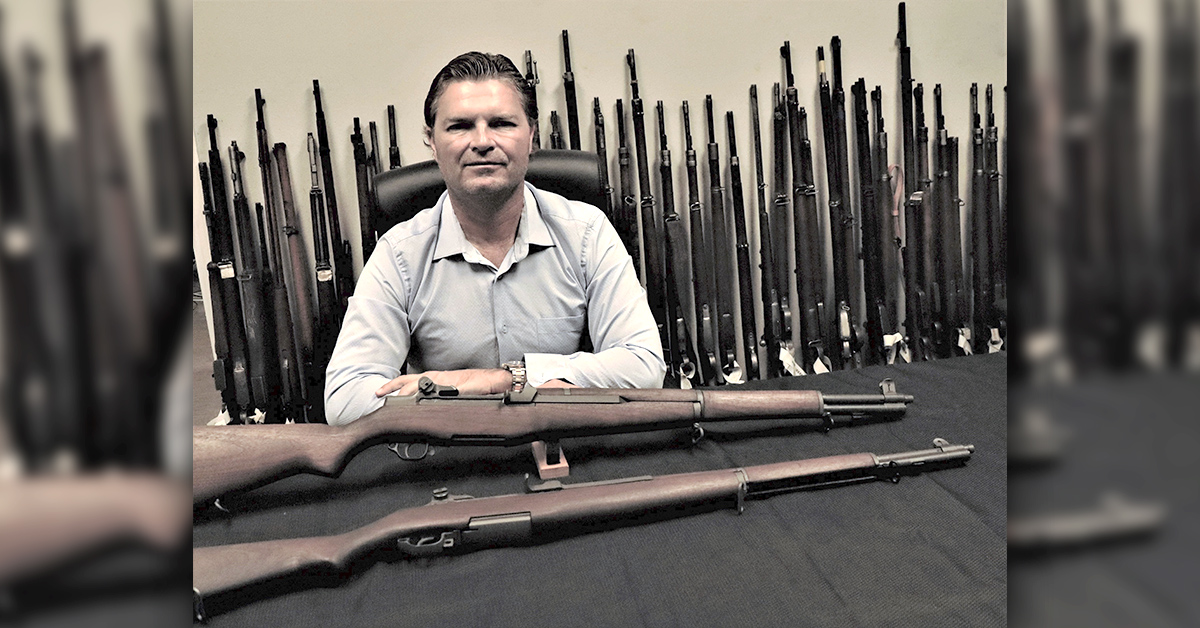
Currently, Royal Tiger plans to sell about 75 different models that were manufactured from the 1880s to the 1950s. Some of these guns are in original condition. Others are U.S. arsenal rebuilds, and some have been fully restored.
A Tale of Two Rifles
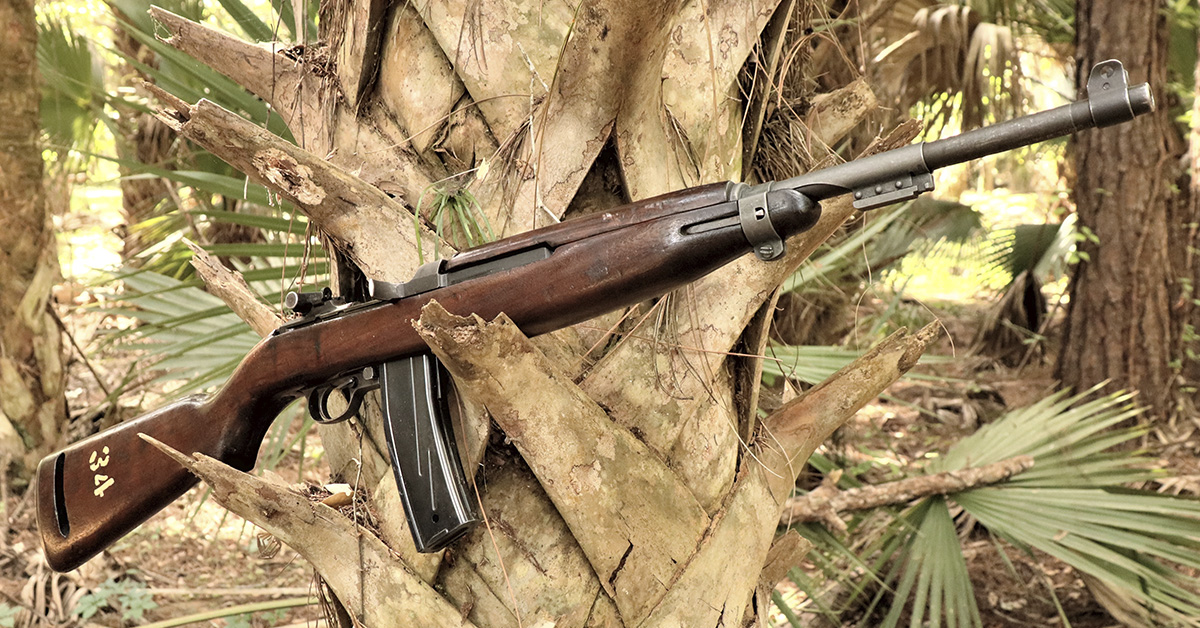
I recently acquired two of these rifles. The first is an M1 Carbine and the second is an M1 Garand. The carbine had been used to defeat the Axis Powers in WWII. It’s an early Winchester model that had been rebuilt and upgraded by Springfield Armory with a bayonet lug, the new model adjustable rear sight, and a new stock before being returned to the battlefield, where use in combat left multiple small nicks in the stock and some wear on its Parkerized finish. The M1 Garand was a late model International Harvester that was built after the armistice in Korea. It was fully restored to like-new condition with a new stock and an attractive Parkerized finish.
Initial testing of the carbine indicated that it would benefit from changing the recoil spring, the extractor and ejector, along with their respective springs. Original GI parts were used to preserve the originality of the gun and were installed by gunsmith Jamie Zern at the Florida Gun Exchange.
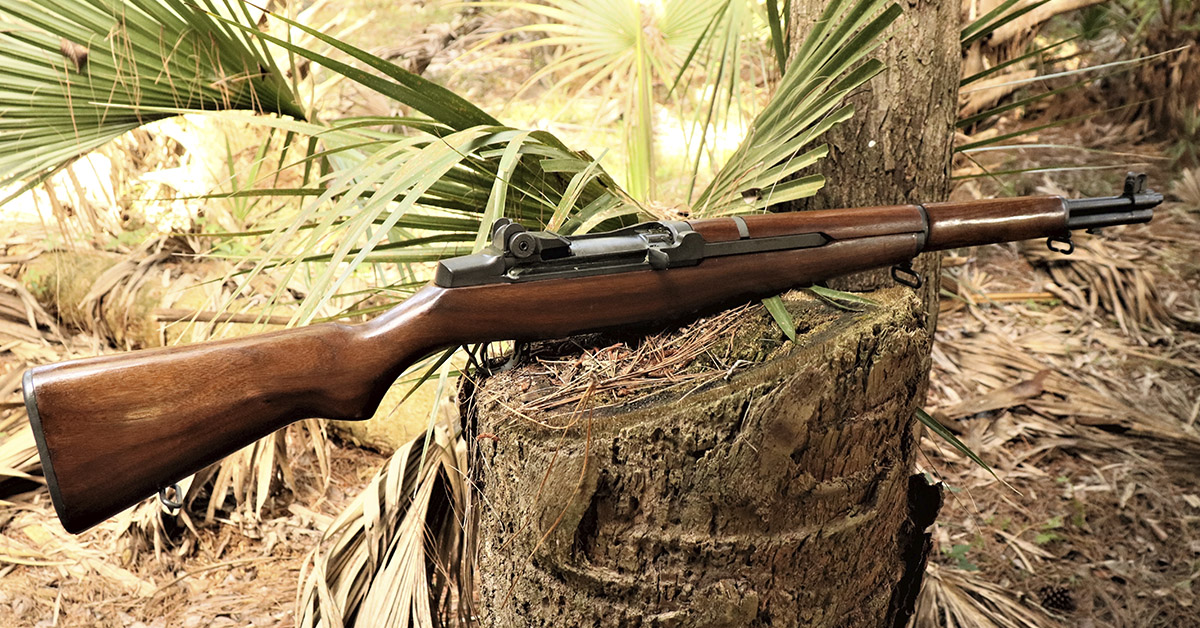
With respect to the Garand, Jamie suggested installing a Schuster adjustable gas cylinder plug. This device controls pressure in the gas cylinder so the user can fine-tune the gun’s gas system to increase accuracy. Adjusting the Schuster plug also allows the use of full-power commercial .30-06 ammunition in the Garand without damaging the operating rod. Given that neither the carbine nor the Garand are rare, I re-finished their stocks with a special walnut stain followed by Birchwood Casey Tru-Oil. The result was that both guns looked sharp, yet they still retained signs of use that a surplus military rifle should have.
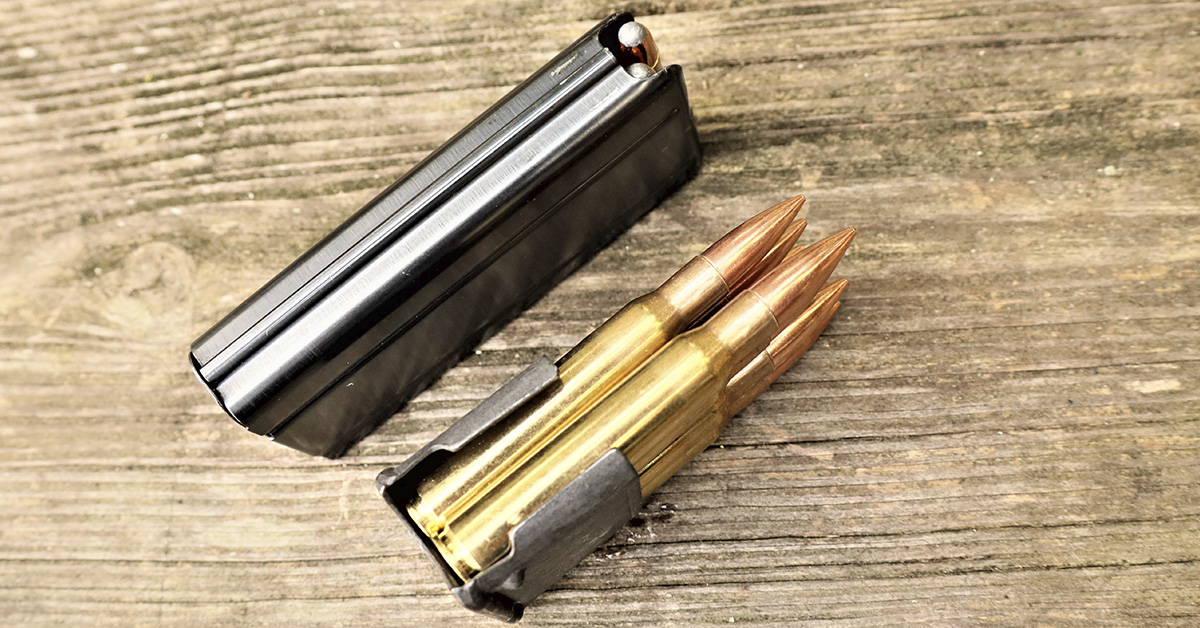
Finally, both bores were thoroughly cleaned with Wilson Combat Universal Bore Solvent and Ballistrol. The latter is very good for eliminating corrosive primer salts and for conditioning the bore. Corrosive ammo is more of a concern with the Garand than the Carbine, since most .30-06 M2 ball ammunition had corrosive primers up until the late 1950s. As for the Carbine, only a very limited amount of military match ammunition had corrosive primers.
Tried and True
Bench testing indicated that the Carbine and the Garand were both serviceable rifles, even though shooting conditions were not the best on the day they were tested. Winds were gusting from the left at between 12-17 mph, carrying groups about four inches to the left at 100 yds. Accuracy was also somewhat affected by the fact that both rifles had military triggers. The Carbine trigger had about half-an-inch of travel before it broke smoothly at an average of 5.5 lbs., and the Garand had about the same length of travel before it broke at 6 lbs. The sear break on both was soft, but not gritty. Given the wind, the trigger pulls, and the fact that both guns had seen considerable military use in harsh environments where daily cleaning was not always possible,100-yard accuracy was quite reasonable. Five-shot groups with both guns averaged about 3.5 inches and the best groups were 2.85 inches for the Carbine and 3.13 inches for the Garand.
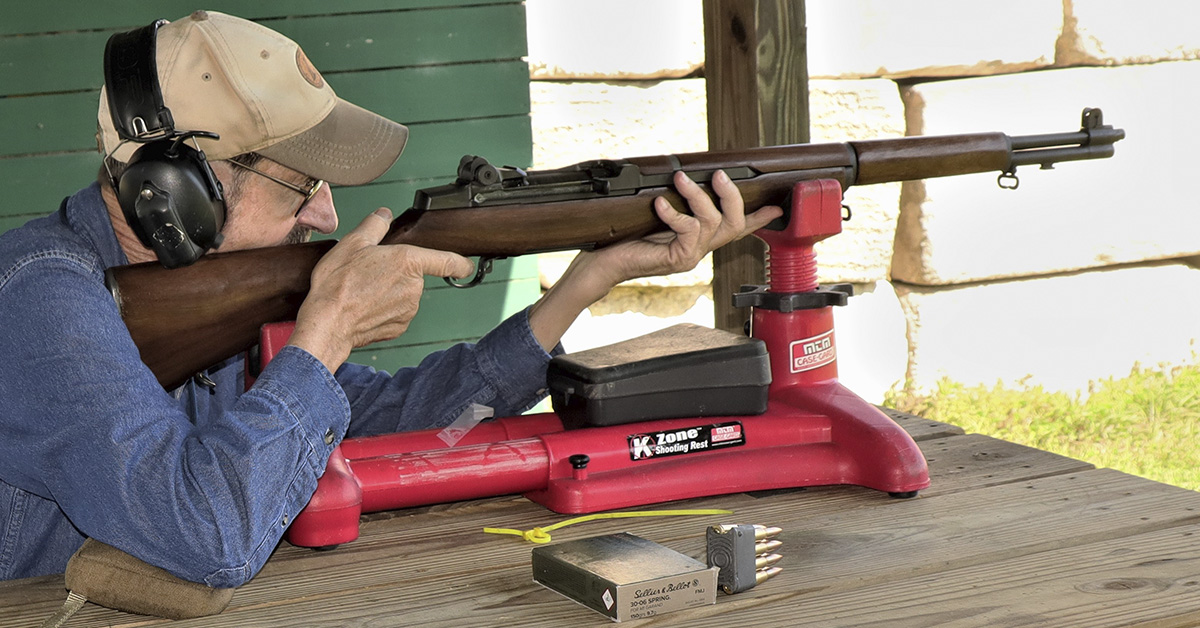
Lastly, velocities were as expected with both guns. The Carbine’s muzzle velocity with the 110 gr. Magtech FMJ load was 2015 fps. This velocity generated 991 fpe. The Sellier & Bellot 150 gr. FMJ M2 round produced a muzzle velocity of 2648 fps and 2335 fpe in the Garand. This is roughly equivalent to a 7.62x51mm NATO round fired from a 16-inch barrel.
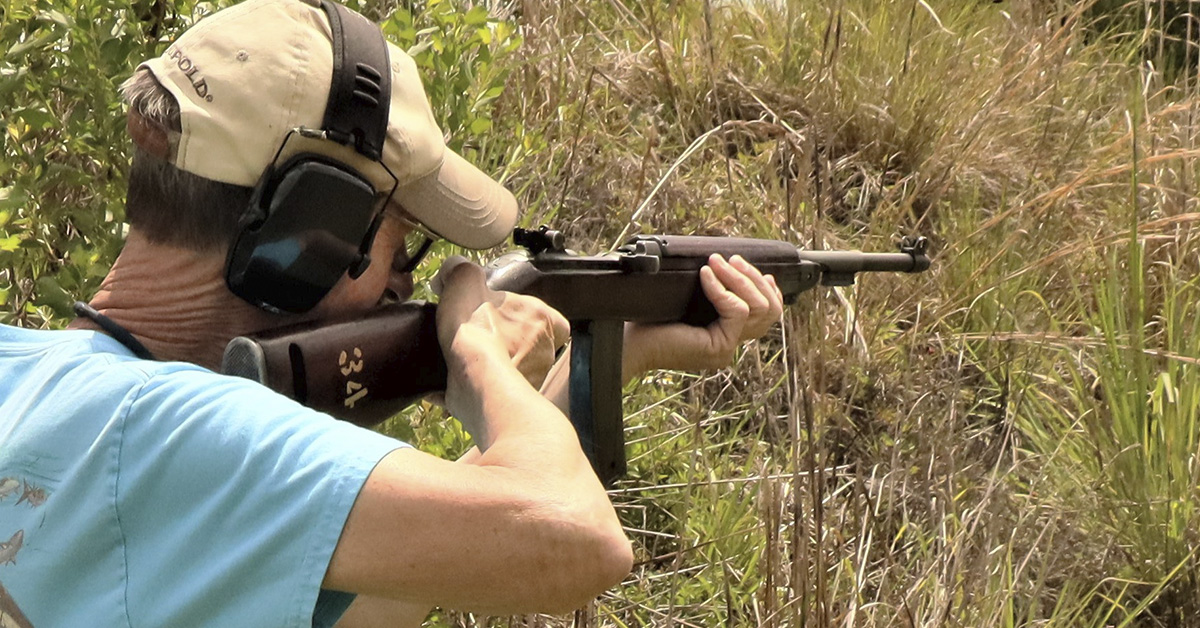
With respect to reliability, the carbine ran like new after the new ejector, extractor, and springs were installed. The new Parkerizing on the Garand caused some friction in the fire control unit, but adding some lubrication made it feed, fire, and extract without a flaw. In addition, the Schuster gas cylinder plug proved to be a worthwhile investment. It definitely helped tune the cycling speed of the Garand, and this reduced recoil, tightened the groups, and ejected the spent cartridges into a small pile. It would be hard to ask for more from a part that cost less than $50.
More Than Nostalgia
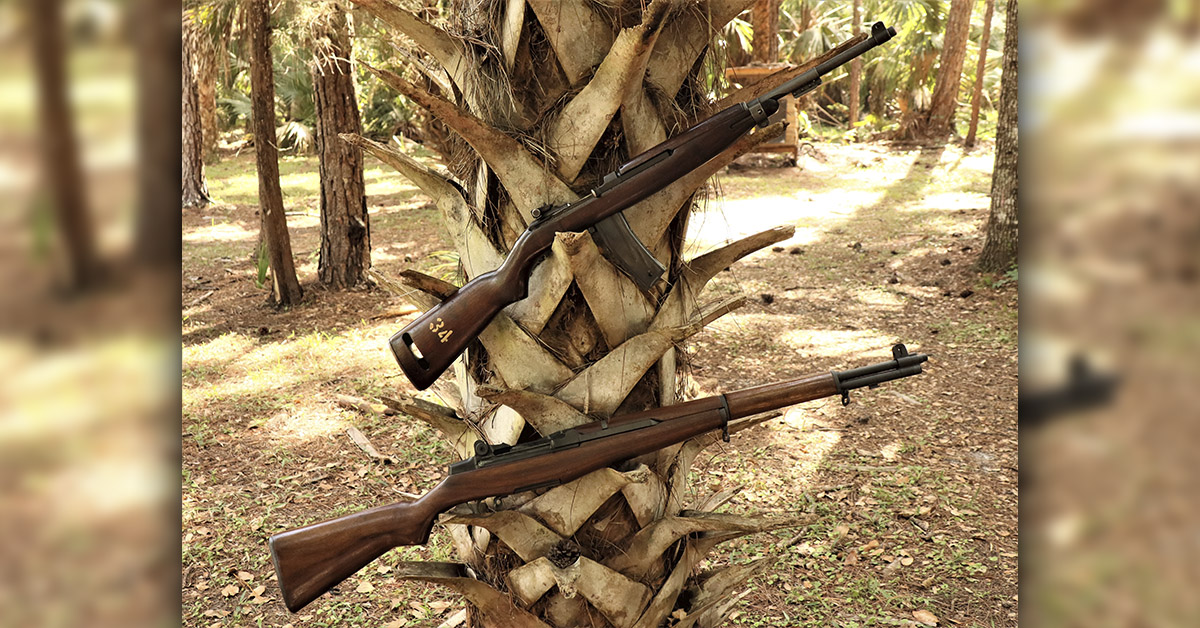
The M1 Carbine and M1 Garand will always be important because they are a clear reminder of the trials and accomplishments of the Greatest Generation, but they are more than memorabilia to hang on the wall or to use in battle reenactments. They are also working firearms that can be used in many states for hunting, competition, recreational shooting, and even personal defense. Neither one is as cheap as it was in the 1950s and ’60s, but they are currently available, along with a variety of other historic firearms, from Royal Tiger Imports.
U.S. M1 Carbine
- Primary Mission: Military semi-automatic carbine
- What We Like: Rugged construction, easy to operate controls, reliability, short overall length, low recoil
- What We Would Change: Possibly add an upper aftermarket handguard with a M1913 rail
- Compare To: No comparable gun available
U.S. M1 Carbine Specifications
- Action: Short-stroke gas-operated semi-automatic rifle
- Caliber: .30 Carbine
- Capacity: Up to 31 rounds
- Barrel Length: 18 in.
- Overall Length: 35.6 in.
- Finish: Parkerized
- Weight: 5.2 lbs.
- Price: $1499.00 Basic rifle; $1,999.00 for early models. For rare collectors’ models, contact Royal Tiger Imports.
U.S. M1 Garand
- Primary Mission: Military battle rifle
- What We Like: Rugged construction, reliability, low recoil, powerful cartridge
- What We Would Change: Nothing
- Compare To: Nothing
U.S. M1 Garand Specifications
- Action: Gas-operated semi-automatic
- Caliber: .30-06 Springfield
- Capacity: 8 rounds
- Barrel Length: 24 in.
- Overall Length: 43.9 in.
- Finish: Parkerized
- Weight: 9.5 lbs.
- Price: $1299.99-$1499.99, depending on model. For rare collectors’ models, contact Royal Tiger Imports.
- The Legends Live On - August 8, 2022
- Gearing Up For Competition Shooting - June 12, 2017


